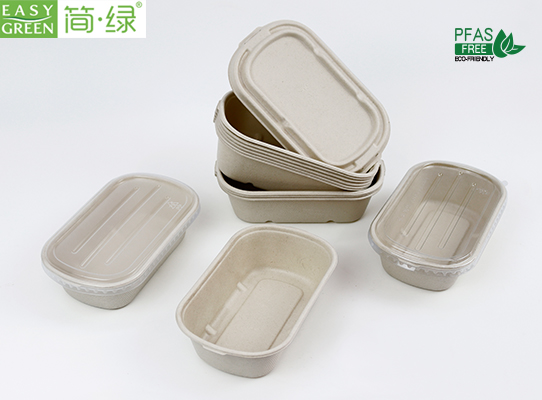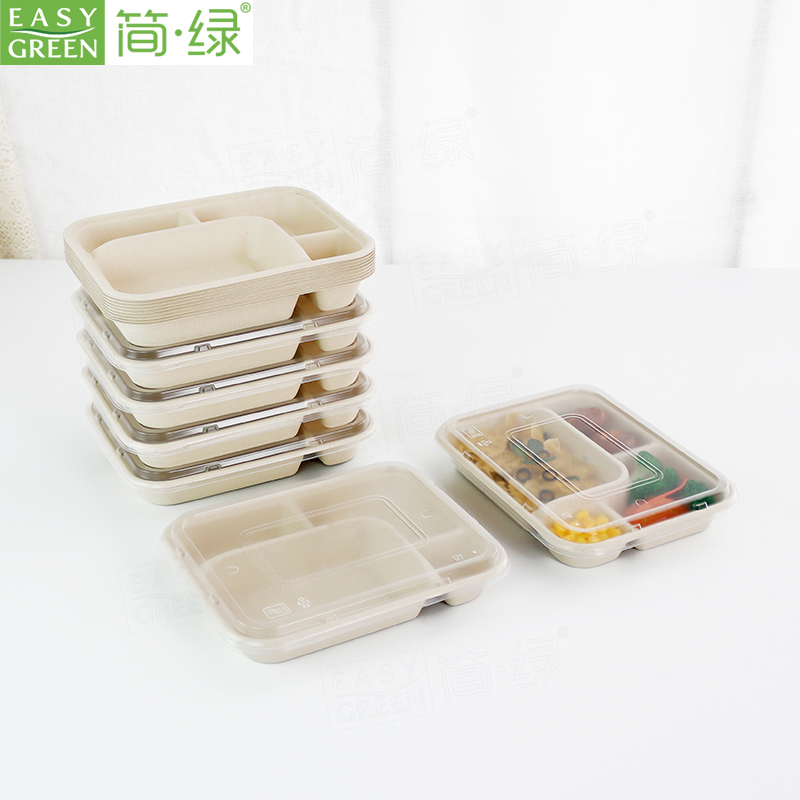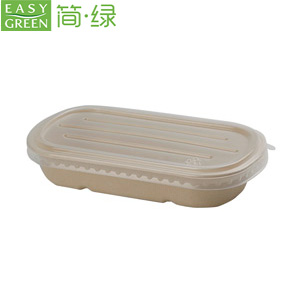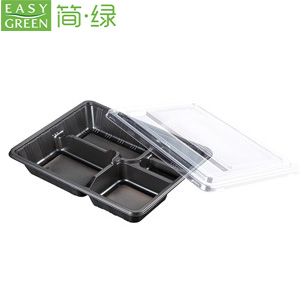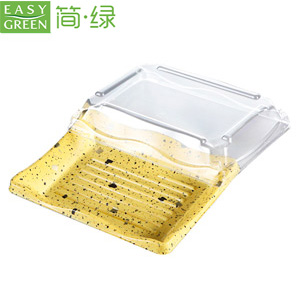
PLA Shortage & High Cost
1. Due to a huge increase in demand for sustainable alternatives to regular plastic, there is a worldwide PLA shortage currently.
2. Due to this situation, prices for the PLA products will increase on November, 2019.
3. The supply of PLA raw materials is insufficient. The annual supply from certified PLA supplier in the world of PLA raw materials only accounts for 0.43% of food packaging materials.

Careful Storage Conditions
1. PLA has a relatively low glass transition temperature. This makes it fairly unsuitable for high temperature applications.
2. Buy and use just enough to keep you going for the year. Store your PLA filament in an airtight container with some sort of desiccant. Airtight pet food containers are relatively cheap and large enough to hold a decent supply of PLA.
Lack of Infrastructure for Disposal
1. Disposing of PLA would have to be an industrial effort due to the fact that PLA degrades only with difficulty and not at all in home-composting systems.
2.The infrastructure required to be able to dispose of the PLA properly will cost a significant amount.
3. With increase in PLA usage, it will only lead to much of it being dumped into landfill sites. Despite theoretically working, the recycling of PLA poses more issues. PLA cannot be mixed with other plastics. In fact mixing PLA with PET bottles could interfere with the existing infrastructure for recycling PET and actually lessen overall PET recycling.
4. Material Recovery Facilities will have the additional cost of sorting the PLA.

Slow Decomposition Outside of A Controlled Environment
1. Even though PLA plastic is biodegradable, it will only be decomposed when having specific and controlled composting conditions, i.e. when commercial compost facilities are available.
2. On a landfill, were a large part of it will end, it can take somewhere between 100 to 1000 years to decompose.
Lack of Infrastructure for Disposal
1. Disposing of PLA would have to be an industrial effort due to the fact that PLA degrades only with difficulty and not at all in home-composting systems.
2. The infrastructure required to be able to dispose of the PLA properly will cost a significant amount.
3. With increase in PLA usage, it will only lead to much of it being dumped into landfill sites.
4. Despite theoretically working, the recycling of PLA poses more issues. PLA cannot be mixed with other plastics. In fact mixing PLA with PET bottles could interfere with the existing infrastructure for recycling PET and actually lessen overall PET recycling.
5. Material Recovery Facilities will have the additional cost of sorting the PLA.

Limited storage time & Short life
1. The PLA is not recommend use for extended periods (Greater than 12 months), otherwise it'll get embrittlement and yellowing.
2. When you store your PLA filament in an exposed environment, its expiry date may range from couples of month to two years.
3. Although PLA filament is not water soluble, its water absorbent rate is quite high. As a result, when exposed to moisture through the air or water, PLA filament can go bad.
Poor Stability
1. PLA production loss is large during production, the stability of PLA is not as good as general plastics.
2. The raw materials sheets are easy to stick together during transportation, storage and in the extrution part, which resulting in unavailability to products the products.

Long Term of Delivery
1. Long import period of raw materials cause long production time.
2. The lead time from order to delivery will spend around 3.5 months or more.
High Transportation Requirements & Cost
1. Just suitable for storage in ambient temperature because of its poor heat resistance.
2. Based on the property of low melting point, PLA products need to be protected by thermal blanket during transportation.

Moral Issue with PLA Production
1. The world's rising population raises the concern of whether it's ethical to spend entire crops of corn, for example, in the production of bioplastics, rather than feeding the population in need.
What will happen in the future for the PLA?
1. We both don't know.
2. As responsible members, we actively support the aim of the Eco-Friendly to standardize rules for defining and labeling compostable and biodegradable plastics to avoid false environmental claims and thus mislead the public.
3. Additionally, we believe that it is our duty to take part in the general discussion and to inform the public in a responsible and honest way about the possibilities and limitations of biodegradable plastics.
 English
English 
